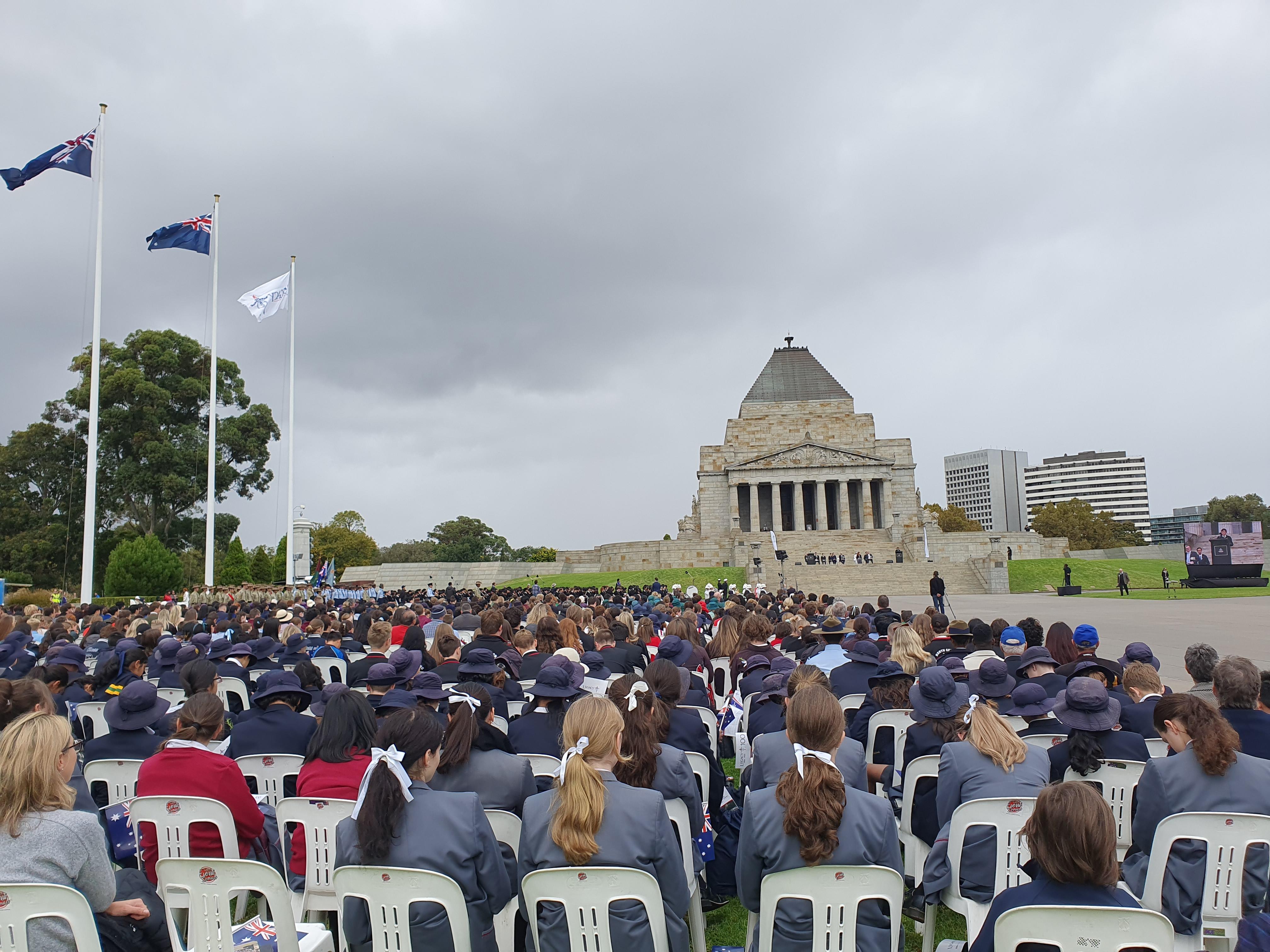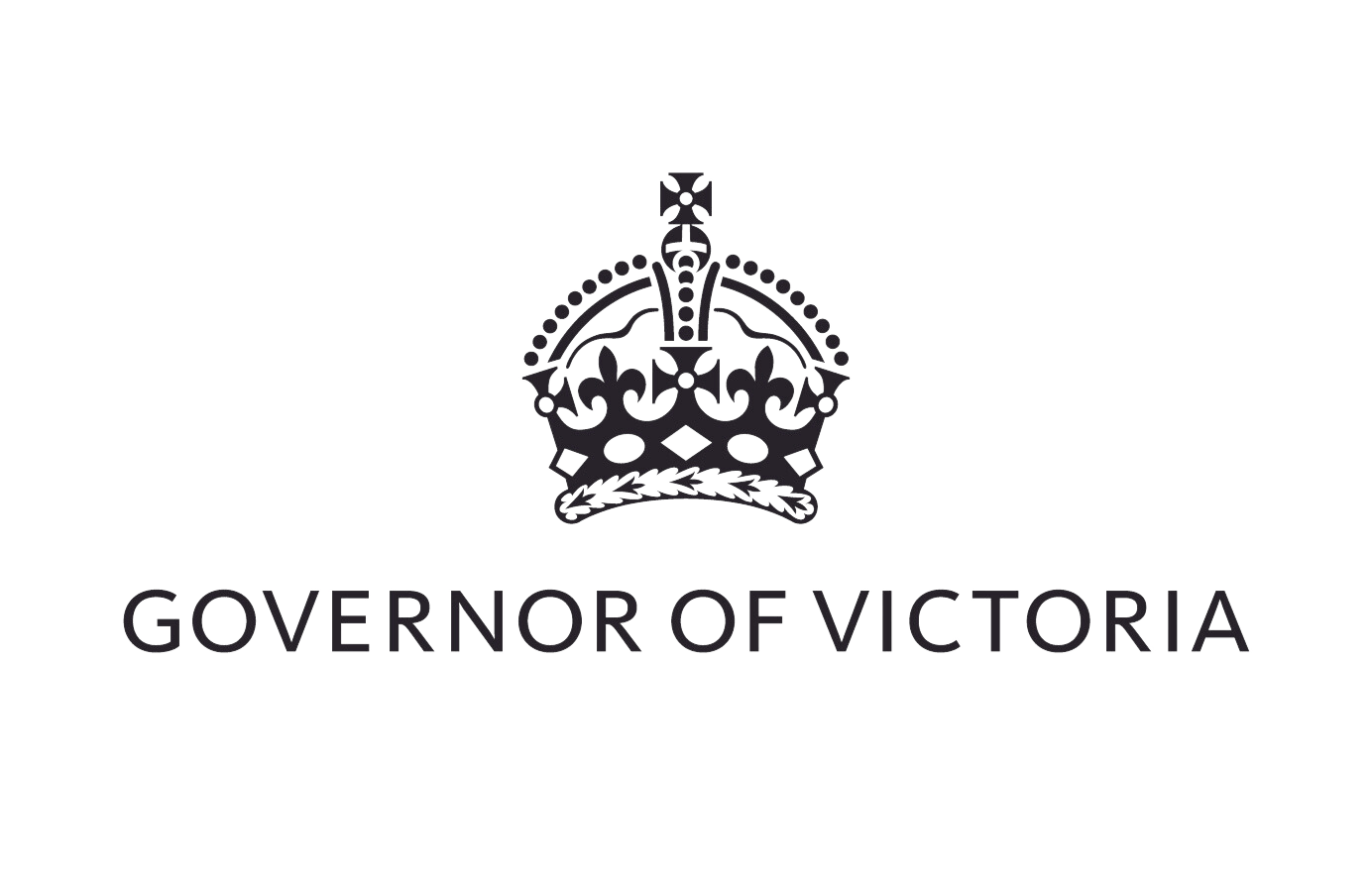
Speech given by the Governor at the Melbourne Legacy 92nd Annual ANZAC Commemoration Ceremony for Students.
I begin by acknowledging the Traditional Owners of the unceded lands on which this building stands – the Bunurong People – and pay my respects to their Elders, past and present.
I would also like to thank Uncle Mark Brown and Uncle Josh West for their warm Welcome to Country.
In 2024, we mark 110 years since the beginning of World War One.
The conflict tore apart nations, toppled empires and led to the death of approximately 16 million people.
This widespread chaos and destruction led German Writer Eric Remarque to describe World War One as the place “love was murdered.”
Yet, World War One led to new friendships and new alliances.
Understanding the impact of the First World War on the Australian community from this vantage point can be difficult. Australia was and is geographically distant from the battlefields, but Australians were deeply involved.
More than 60,000 were killed at a time when our population was less than five million.
The scale of this loss was felt throughout the State.
Across Victoria, almost every city and town has a monument to those who served in what was then known as The Great War.
France was the site of many of the battles.
The French town Villers-Bretonneux, located along the western front, was liberated from German occupation thanks to the efforts of two Australian brigades.
Once the town had been recaptured, the Australian and French flag were raised alongside one another, symbolising the unity between two nations.
Like many war-time friendships, the relationship continued into the post-war era.
Victorian schools raised funds for the town’s rebuilding efforts and when Australia was faced with the Black Summer Bushfires in 2019 and 2020, the people of Villers-Bretonneux returned the favour, launching a fundraiser for affected communities.
The influence of this friendship can be found in both communities.
The local school in Villers-Bretonneux is named Victoria School and sits on Melbourne Road.
In every classroom, there is a banner reminding students and teachers to “never forget Australia.”
In the mid-1980s, Robinvale and Villers-Bretonneux became sister towns following youth exchanges and official visits.
This lasting connection was built on a shared experience of loss and unity, much like Melbourne Legacy.
For more than 95 years, Melbourne Legacy has worked to support the families of Australians who’ve served in the armed forces.
Through the tireless work of staff and volunteers, the organisation supports more than 4,700 people, providing the tools and support they need.
The contemporary organisation has continued its original promise and I applaud its dedication to helping as many affected Victorians as possible.
Thank you to Melbourne Legacy and its Legatees for their ongoing work in the Victorian community.
And for ensuring that young Victorians continue to learn from our history and the positive examples of unity and collaboration it provides.
